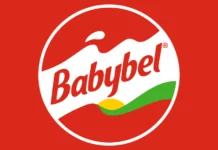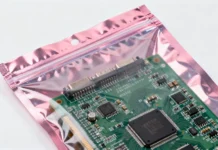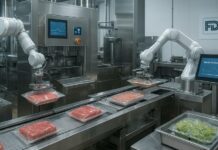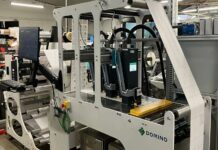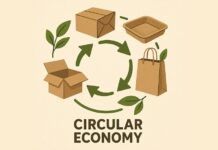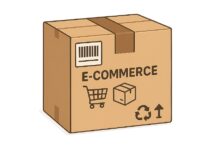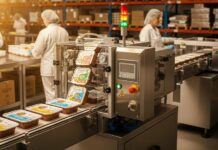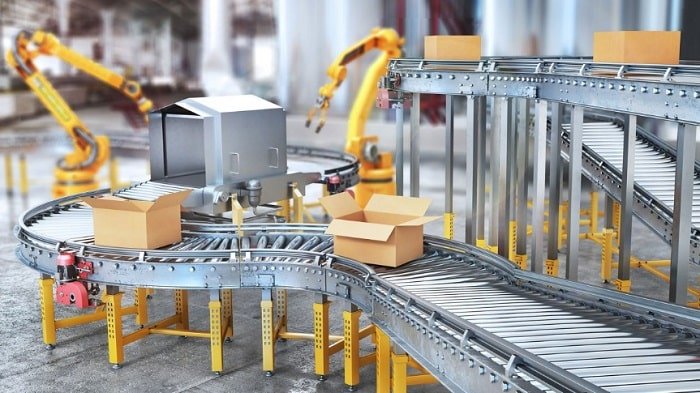It is worth noting that the automated packaging solutions have gone on to shift the packaging industry, with manufacturers making use of increasingly sophisticated human-free technology so as to produce more innovative products even more efficiently, and that too at a lower cost.
Indeed, the advent of packaging automation, as well as directing equipment, machinery, or any other solutions so as to perform parts of the packaging process sans direct human control, happens to be growing fast, says Pune-based Future Market Insights.
In one of the evaluations, it valued the worldwide packaging automation market at USD74.53 billion last year, while going ahead and forecasting that it is going to grow at almost 8% every year in order to reach USD161.66 billion by 2033.
The report went on to note that the food and beverage, pharmaceutical, along with the personal care sectors happen to be among those who are enthusiastically adopting more and more automation in packaging, and that the progress in this area happens to be partly throttled by a demand that’s rising in terms of customized packaging.
Director of TPG Packaging Consultants’, Stephen Mills, said that advanced materials happen to be among the major enablers of such technological progress.
Automation success goes on to begin with high-performance materials that go ahead and capture lightweighting, throttle production speeds, and maintain strength, right from paper to plastics to even biomaterials.
As an instance of this, Amazon went on to announce in October last year that it had launched a first-of-its-kind automated packing technology at its UK as well as German fulfillment centers that makes use of in-built sensors so as to cut specially developed paper packaging as per the size of the item that needs to be delivered.
It is well to be noted that the paper that is used to package the deliveries by Amazon happens to be light but durable, stretchy, as well as more weather-resistant vis-à-vis a regular paper.
It can as well be heat-sealed, just like plastic, but it happens to be easily recyclable. Amazon opined that the paper purposefully came into being by Amazon’s material scientists in the case of its automated machines.
As per the company, by way of packing items within 100% recyclable light paper packaging, that happens to be made-to-fit sans the need for padding, these automated packing machines enable to reduce the weight in terms of packaging per shipment by almost 26 grams on average, thereby decreasing transport costs as well as waste.
Mills also went ahead and cited the robotics advent in packaging production lines as one of the prominent steps forward in terms of streamlining the growth of packaging evolution.
Although robots have been in use within factories for decades, the arrival of smarter and more compact robotic solutions go on to speed up packaging systems, add much more flexibility, and at the same time decrease the mistakes caused due to human error.
Meanwhile, automated in-line manufacturing has gone on to enable production to move away from the factory production lines, personalizing and localizing packaging lines within the customer premises.
Daniel Stewart, the director of engineering at US-based packaging automation business Summit Packaging, remarked that collaborative robots, or cobots, as one calls them, happened to be the number one trend when it came to packaging automation in 2023.
These industrial robots happened to be designed to work safely in sync with humans, and that too in a shared workspace. This is what distinguishes them from traditional industrial robots that go on to operate behind safety barriers so as to prevent any human contact, explained Stewart.
Due to the fact that the cobots happen to be equipped with advanced sensors as well as software, that enables them to detect as well as respond to human presence, they decrease the risk of injury to humans while at the same time also performing numerous tasks like packing products into boxes, palletizing products, picking as well as placing products, and also assembling them.
When we talk of packaging innovation, proponents pertaining to cobots, like Sweden-headquartered machine manufacturer ABB, opines that these machines can go ahead and extend the advantages of automation across heavy industry packaging applications.
In June 2023, ABB went on to launch a couple of new variants of its much-renowned GoFa cobot, which were the GoFa 10 as well as GoFa 12, that were designed for industrial packaging duties, automating demanding tasks like machine tending, parts handling, welding, polishing, and assembly.
Apparently, apart from the production efficiencies, cost savings, and accuracy benefits, packaging companies also happen to be looking into automation so as to solve quality as well as security issues.
As per the marketing director of Engilico, a Belgian company specializing in in-line sealing inspection as well as monitoring technology for packaging in the food, pet care, and other industries, Renaat Van Cauter, the automated packaging processes only go on to achieve their entire potential if they happen to have automated inspection along with the detection systems:
As per Van Cauter, automatic in-line detection when it comes to defective seals happens to be important for both safety and production automation in packaging.
As a matter of fact, there are many customers that happen to be automating their production processes, requiring automated in-line inspection, and also eliminate manual labor entirely, and even guaranteeing product quality, all at the best production speed.
Mills goes on to believe that 3D printing, which can be a completely automated function by way of using data fed into software that then goes on to instruct printers to produce products to the exact specifications and which can go on to enable last-minute customization of packaging components, is most likely to be one of the next massive evolutionary steps when it comes to packaging automation.
Such systems can be enhanced by way of AI, whose potential when it comes to boosting packaging automation has been widely touted, especially its capacity to automate packaging design, spot defects within the production lines, and also help to optimize production lines as well as improve recycling rates.
Unilever, which is the UK consumer goods conglomerate, recently went ahead and announced that, together with Alibaba, the Chinese e-commerce giant, it has gone on to create recycling machines that make use of artificial AI in order to automatically identify as well as sort waste plastic packaging in terms of recycling in China, and at the same time also optimize designs of some of the products sold within plastic bottles so as to make them much more sustainable.
The company has also gone on to partner with accessibility app specialist Be My Eyes from Denmark, which goes ahead and creates AI-enabled mobile phone-based apps for visually impaired people, in order to trial ways of enabling blind or low-sighted customers to go ahead and interact with its packaging, recognizing products, reading the ingredients, and also following instructions related to preparation.
In spite of its many and distinct benefits, Mills went on to note that some packaging companies go on to perceive automation as a high-cost solution, especially by small as well as medium-sized enterprises within the packaging sector, which is a trend noted in the FMI’s research that also underscores the dearth of relevant expertise so as to support the advent of automated solutions within the packaging sector.
But, automation now does cost less, while at the same time the machinery options and reliability happen to be greater, as per Mills, thereby highlighting the availability of automation technologies that are competitively priced from the Southeast Asian equipment manufacturers.





